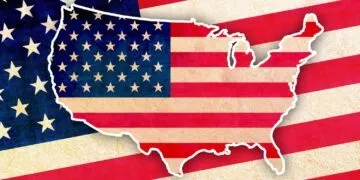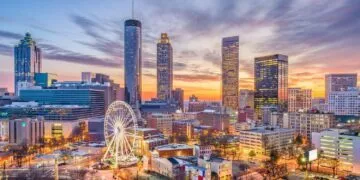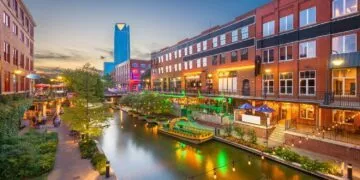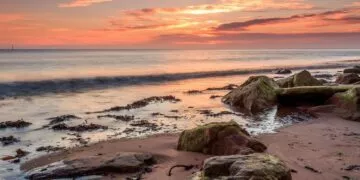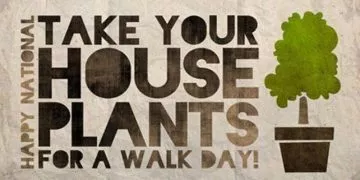Officially nicknamed the “Mountain State” but also known as the “Panhandle State,” West Virginia was the 35th state to join the United States of America on June 20, 1863.
It has a population of 1,792,147 people (as of 2019), making it the 38th most populous state.
West Virginia is bordered by the states of Virginia, Pennsylvania, Ohio, Maryland, and Kentucky.
With a total of 24,230 square miles (62,755 square kilometers) of land and water, it is the 18th largest state.
The of West Virginia is Charleston, located just southwest of the state’s center.
That’s enough fast facts about the Mountain State; let’s jump right in!
People have been living in West Virginia for more than 13,000 years!
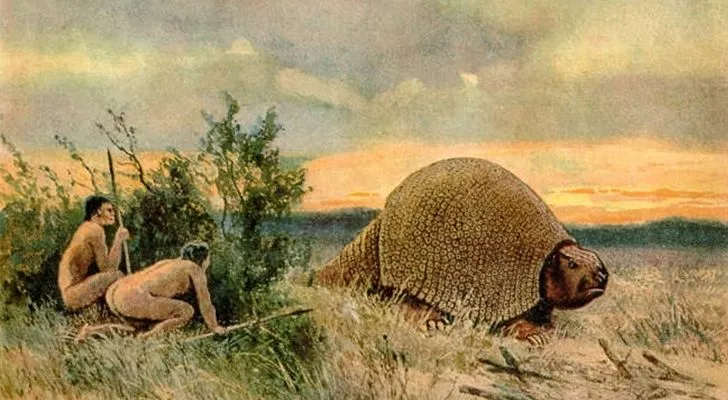
The most prominent theory on how the Americas were populated claims that the first settlers came from the far east of modern-day Russia between 10-40,000 years ago.
At this point, sea levels were lower, so they could cross via a land bridge into modern-day Alaska.
These early explorers were primitive people who spread across the Americas as small family units that survived by hunting and gathering.
Known as the Paleo-Indians, they are identified by how they fashioned their stone spear tips, which have been found across the Americas.
The earliest evidence of Paleo-Indians in modern-day West Virginia dates back to around 11,000 BC.
West Virginia was home to many different tribes and cultures before Europeans discovered North America.
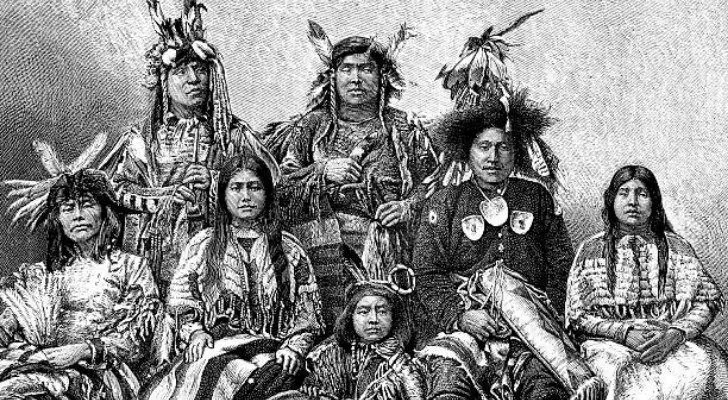
The area around and including modern-day West Virginia was home to at least three language groups.
Many of these had similar cultural identities but spoke completely different languages.
The main language groups were the Ohio Valley Siouan, Iroquoian, and Central Algonquian.
Much of what we know of this region is from the archaeological evidence its inhabitants left behind, ranging from intricate smoking pipes to huge earthen burial mounds.
West Virginia was almost empty of Native Americans when Europeans attempted to colonize it.
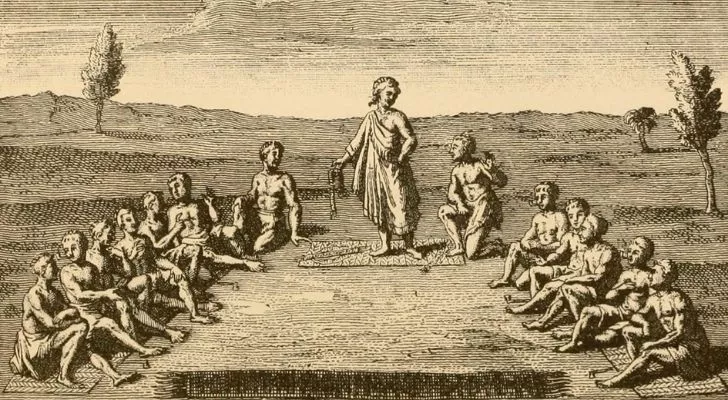
European colonization of the east coast of North America displaced much of the Native American population or those who hadn’t already perished due to conflicts or European diseases.
One Native American nation, the Iroquois Confederacy, was relatively prosperous compared to other tribes and invaded modern-day West Virginia, pushing out the previous inhabitants.
The Iroquois did not settle there but used the region as a hunting ground. By the time settlers from Virginia started pushing west, the region was home to just a few scattered villages.
West Virginia is the only US state formed by splitting from a Confederate state.
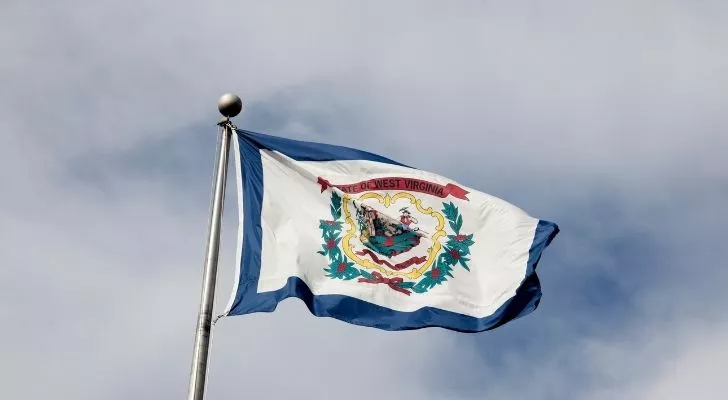
West Virginia was a part of the Virginia Colony and then the state of Virginia for a long time.
The eastern and western sides of the state couldn’t have been more different, as the Allegheny Mountain Range almost completely separated them.
The state’s eastern side relied heavily upon slavery, while the western side typically didn’t, instead living on smallholdings.
Due to the drastic differences, there were calls to split the region long before the state of Virginia was even founded.
When the state of Virginia voted to secede from the Union in April 1861 and join the Confederate States of America, West Virginia seized its chance.
Finally, two years later, the newly formed state of West Virginia was admitted into the United States of America.
West Virginia’s state capitol has changed location four times!
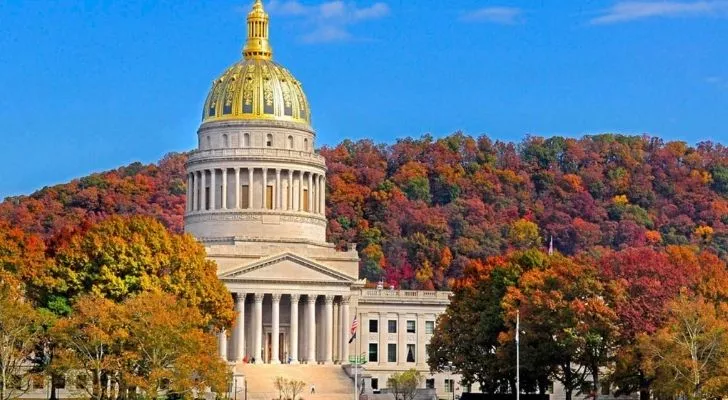
West Virginia’s early years were a little all over the place, to say the least, mainly because it was formed in the middle of the American Civil War.
The first location for the state was in Wheeling, as it had been the de facto location for two years already.
In 1870, the capitol was moved to Charleston, which was the intended permanent of the newly formed state.
In 1875, the city of Wheeling offered to build a newer, better capitol building, so it was moved back.
Just two years later (and only one year after the newly constructed Wheeling capitol building was completed), the state voted to move the capitol back to Charleston. This new capitol building lasted much longer until it burned down in 1921.
The next, the current one, was reconstructed in another part of Charleston the same year.
A building in West Virginia is made entirely out of coal.
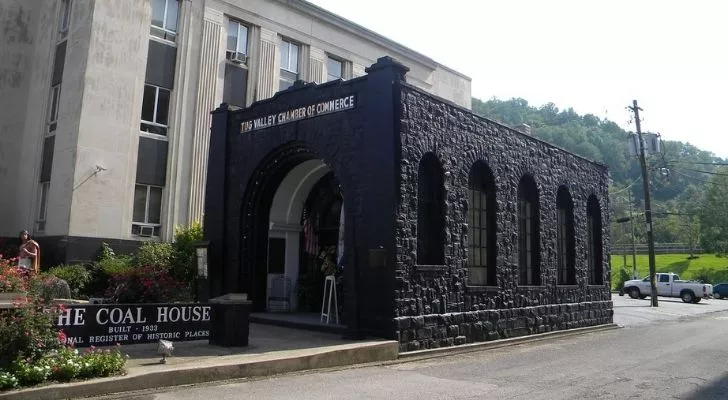
More than 25% of the entire country’s coal comes from West Virginia, so it’s no small surprise that coal is vital to the state.
In 1933, the Coal House was constructed in Williamson, WV, mainly as a publicity stunt for the town’s coalfields.
It took about 65 tons (58,967 kg) of locally sourced coal, which was cut into blocks and then varnished to improve its weather resistance.
Funnily enough, a building made out of coal is highly flammable, which was only realized in 2010 when the building caught fire. It took a whopping $200,000 to restore the iconic building.
Despite being called the Coal House, it was never actually lived in – instead, it housed the local Tug Valley Chamber of Commerce.
West Virginia is home to the second oldest river in the world.
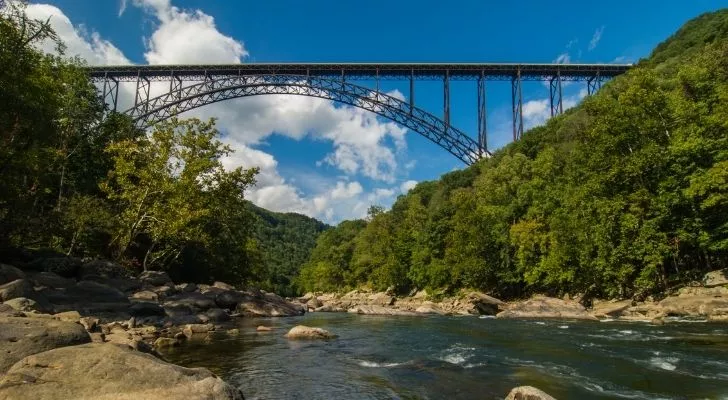
It’s one of those amazingly ironic twists of fate that the river somehow ended up being named “New River” long before its age was discovered.
Curiously, no one knows how it gained its name. There are several possible histories, but one possibility is that its name is a translation of a local Native American word for “new waters.”
New River runs from North Carolina through Virginia into West Virginia but has taken many courses over the 10-36 million years it is estimated to have been around.
It’s also one of the only rivers in the US that flows in reverse, from south to north!
West Virginia is the birthplace of Golden Delicious apples.
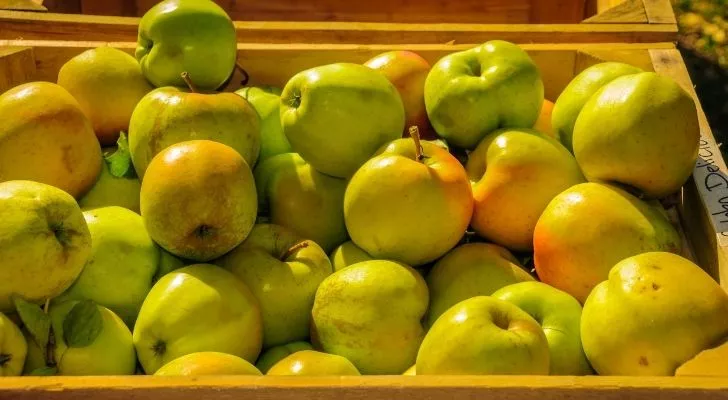
If you haven’t ever had the good fortune to try a Golden Delicious, I can tell you they are delicious!
This cultivar was first discovered by chance in 1905 by Anderson Mullins while he was wandering around his family farm.
Upon tasting it, he knew he had something, not just particularly great, but a previously unknown apple cultivar. Mullins promptly named it “Mullins’s Yellow Seedling and Annit apple,” which we can all agree is an awful name.
Soon after, Mullins sold the rights to the tree for $5,000, and its name was changed to Golden Delicious.
In 1995, it was declared the official state fruit of West Virginia.
The world’s first steamboat was built and tested in West Virginia.
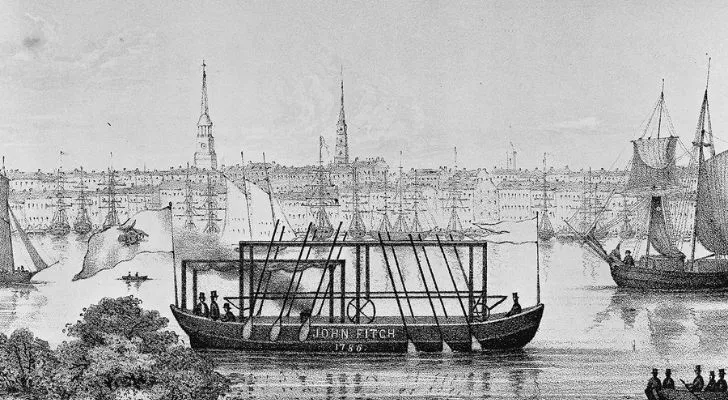
Many people incorrectly credit the construction of the first steamboat to Robert Fulton, but this is not the case.
Back in the late 18th century James Rumsey, a man of humble beginnings, was little more than a would-be-inventor with no financial means to accomplish his dreams.
By chance, he met George Washington before his presidential days and told him of his idea for a steam-powered engine. Washington was impressed and gave him a letter of recommendation that gave him the edge he needed to approach investors and turn his dreams into reality.
Within five years, he had constructed the world’s first steamboat, which he tested on the Potomac River in West Virginia in 1787.
Unfortunately, Rumsey died five years later before the idea took off.
It wasn’t until 1807 that Robert Fulton, an engineer with many connections, successfully sold the concept to the broader public with his designs.
West Virginia was originally going to be called Kanawha.
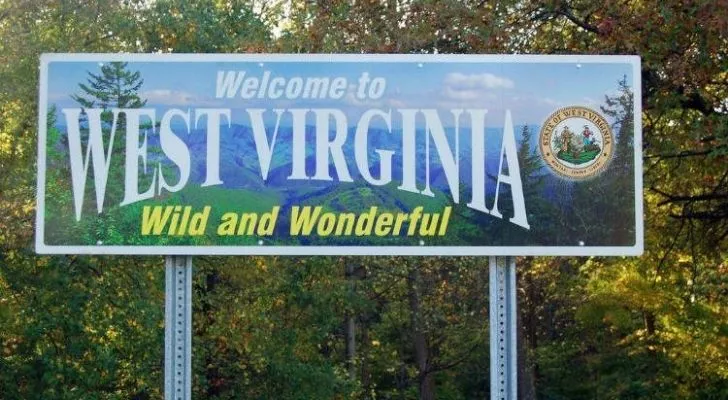
When the region, now known as West Virginia, rejected Virginia’s attempts to secede from the Union, they formed a temporary government to begin the long journey to becoming a separate state.
Interestingly, the state’s current name wasn’t among the suggested initial names. Instead, the first name was “Kanawha,” after the Kanawha River, which runs through the state.
The Kanawha River was named after the Native American tribe Kanawha, who lived along its banks.
The name was ultimately rejected as there was already a county called Kanawha, which was quite difficult to pronounce.
Other names suggested before West Virginia was finally agreed upon include Vandalia, Augusta, Allegheny, and Western Virginia.
Ultimately, it was decided by a vote, with West Virginia winning 30 out of 44 votes.
A long-dead species of giant sloth found in West Virginia was named after Thomas Jefferson.
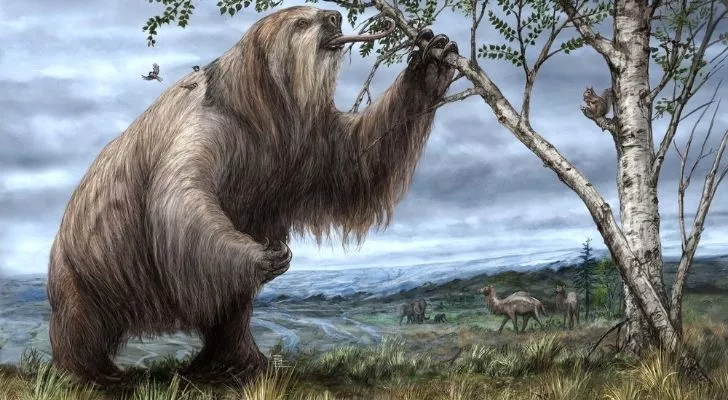
Miners discovered the fossilized remains of the animal in West Virginia’s Monroe County in 1796.
Initially believing the fossils to be from a giant lion, the soldiers sent them to Thomas Jefferson, a well-known amateur paleontologist in his days before becoming Vice President.
Jefferson soon realized that the remains were not from any lion but an as-yet-undiscovered species of a giant sloth.
He believed there may still have been some giant sloths roaming around North America and later instructed the Lewis and Clarke expedition to keep their eyes peeled for it.
Jefferson proposed the name “Megalonyx” (Great claw, in Greek). The giant sloth was later officially titled Megalonyx Jeffersonii.
In 2008, the Megalonyx Jeffersonii became the official state fossil of West Virginia.
In 2009, West Virginia hosted the largest family reunion in the world.
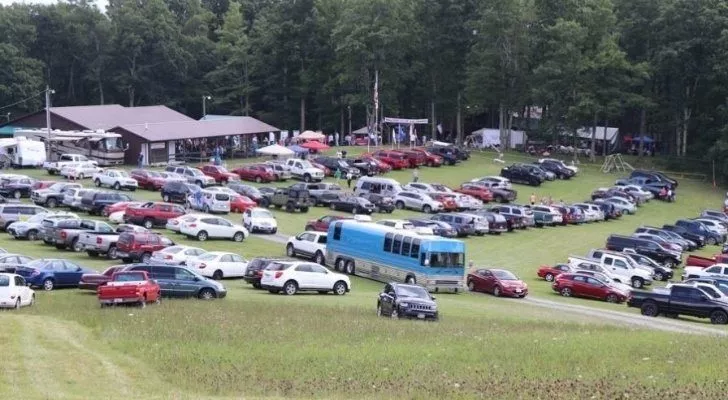
The Lilly family had already held 29 family reunions by 2009 but decided to try something new for their 80th.
The extended family is enormous, so they tried to break the Guinness World Record for the largest family reunion in the world.
In total, they managed to coerce 2,585 members of the Lilly clan to come from all corners of the US and a handful of their foreign relations from Germany and England.
They all assembled in Flat Top, West Virginia, with all participants having to prove their relation to the Lilly bloodline (although those related by marriage or adoption were also accepted).
The 80th Lilly reunion successfully beat the previous world record, which the Busse family held from Illinois.
Mother’s Day was first celebrated in West Virginia.
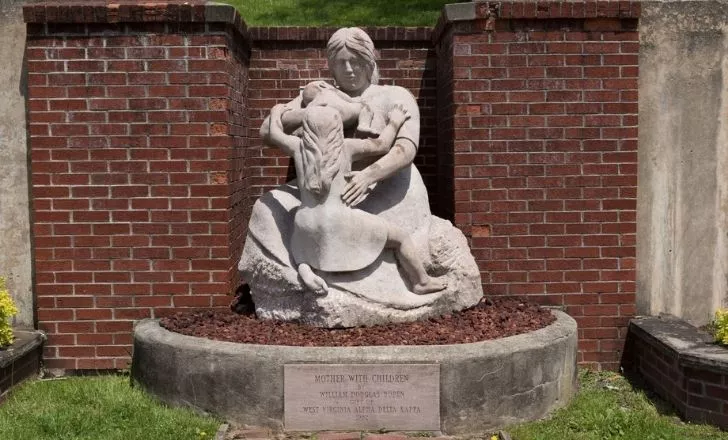
If you love celebrating your mom, give thanks to West Virginia! The tradition goes back to the turn of the 20th century in the small town of Grafton, WV.
The idea for the celebration had been floating around for several years already, but all attempts to make it official failed.
A woman by the name of Ann Jarvis campaigned for such celebrations for years but passed away in 1905 before anything became of it.
Ann’s daughter, Anna, tried one last time to create Mother’s Day and held an unofficial celebration on May 12, 1907, in the church where Ann taught.
The following year on May 10, it was officially celebrated at the same church, and the year after, it was reportedly celebrated all over New York!
West Virginia was the first US state to build brick roads.
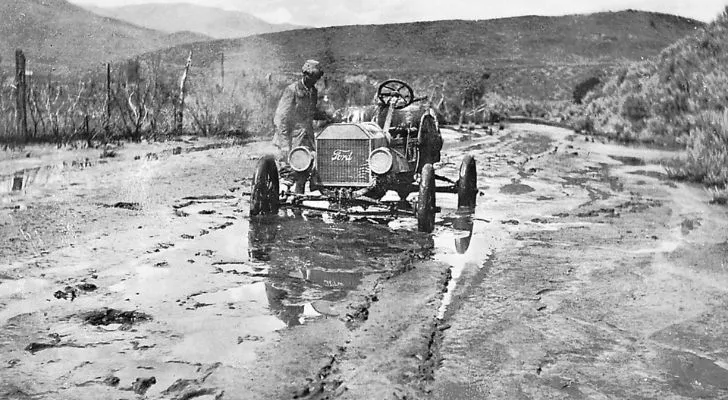
Back in 1870, the streets in most US cities were made by packing dirt down hard, which got pretty messy as soon as there was even a hint of rain.
Charleston resident Mordecai Levi grew tired of sloppy streets every spring when the rain came and came up with a remarkably brilliant solution – to pave the roads with red bricks instead!
By 1873, he had already paved an entire street, financed by a local doctor.
John Denver’s Take Me Home, Country Roads is West Virginia’s official state song.
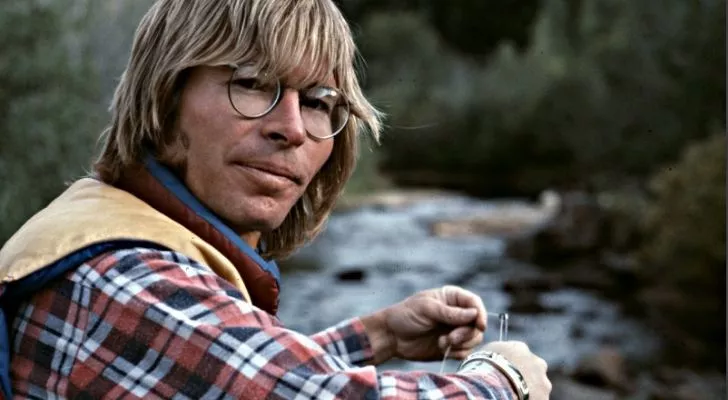
Originally released on April 12, 1971, John Denver’s ode to West Virginia was an instant hit all over the US, but even more so in the Mountain State.
It became the unofficial state anthem almost overnight, with nearly every state resident becoming familiar with its nostalgic tones.
In 1972, West Virginia University adopted it as its theme song and has since performed it at every game of football they played at home.
Despite its immense popularity within West Virginia, it wasn’t until 2014 that it became the state’s official song!
West Virginia has got to be one of the best states for getting outdoors.
Its untouched mountain wilderness, once a fantastic place for brewing bootleg liquor, now hosts various activities from picnicking, rafting, and fishing to base jumping!
After all, there’s a reason it’s called the Mountain State!


